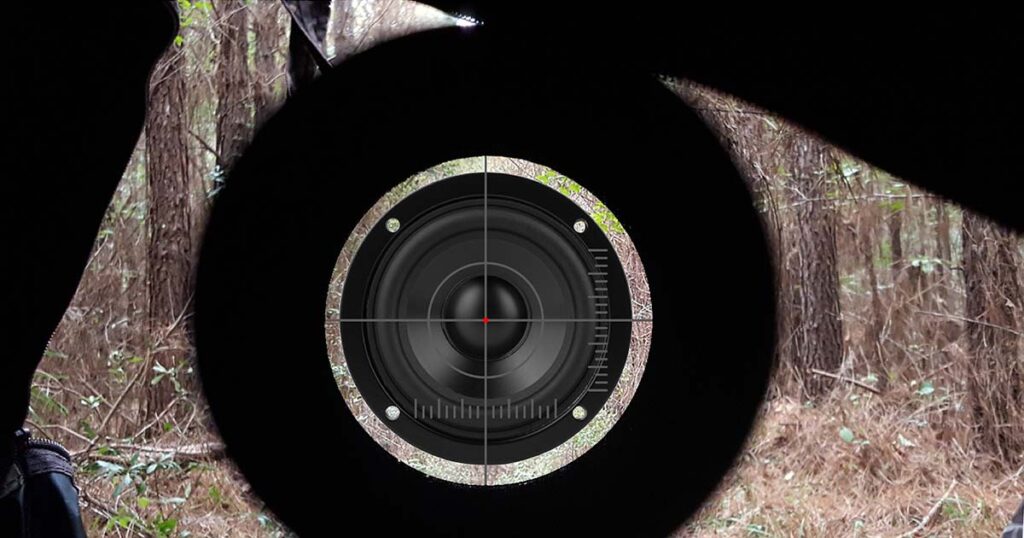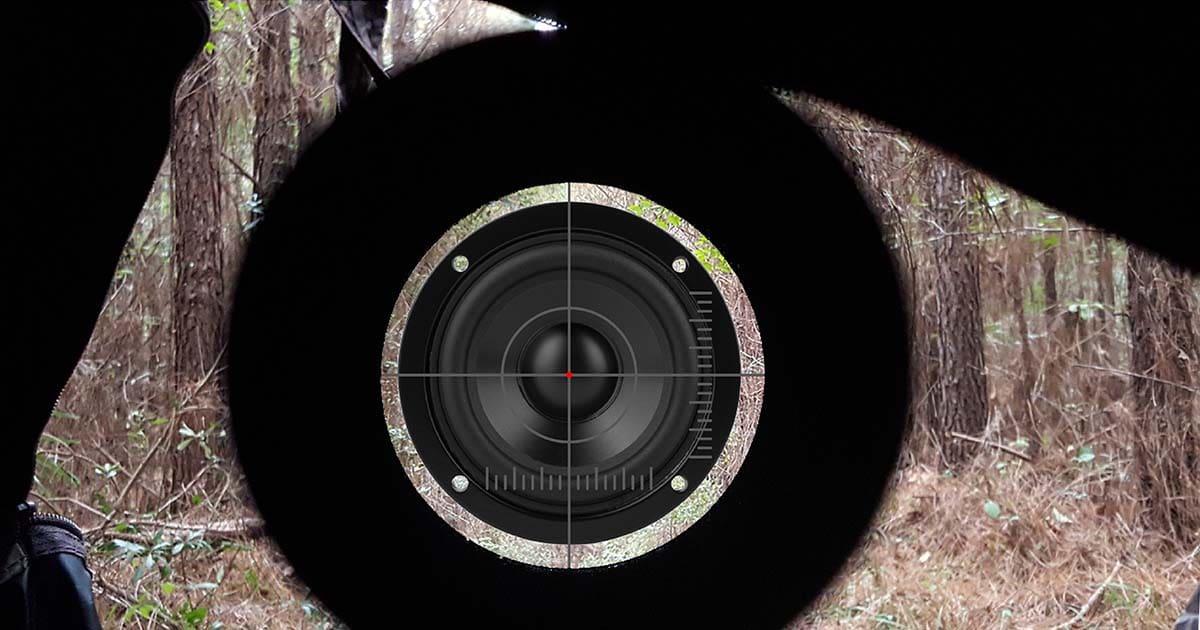Not too long ago, we looked at the physics surrounding car audio tweeter directivity and why tweeters must be pointed toward the listening position. If you haven’t read that article, it established a foundation for understanding the need to aim midrange speakers. If you’ve seen people using towels, laser pointers or modelling clay to test the right location to mount a midrange speaker, you’ll want to share this article with them.
Car Audio Midrange Speaker Directivity
As we’ve discussed, below a particular frequency, all speakers produce sound in the same way that a candle or lantern illuminates a room or the sun lights up the planets that circle it. The energy disperses everywhere – forward, backward, upward, downward, left and right. To be crystal clear, backward refers to creating sound behind the speaker, behind the magnet and the enclosure.
Above the frequency with a wavelength equal to the circumference of the speaker, the output of any driver starts to become more directional. We can use the light source analogy again to explain this. The dispersion pattern becomes more like a floodlight, and as frequencies increase, it becomes more like a flashlight. By the time the playback frequencies’ wavelength is five times the circumference of the driver, we can consider the output to be fully directional.
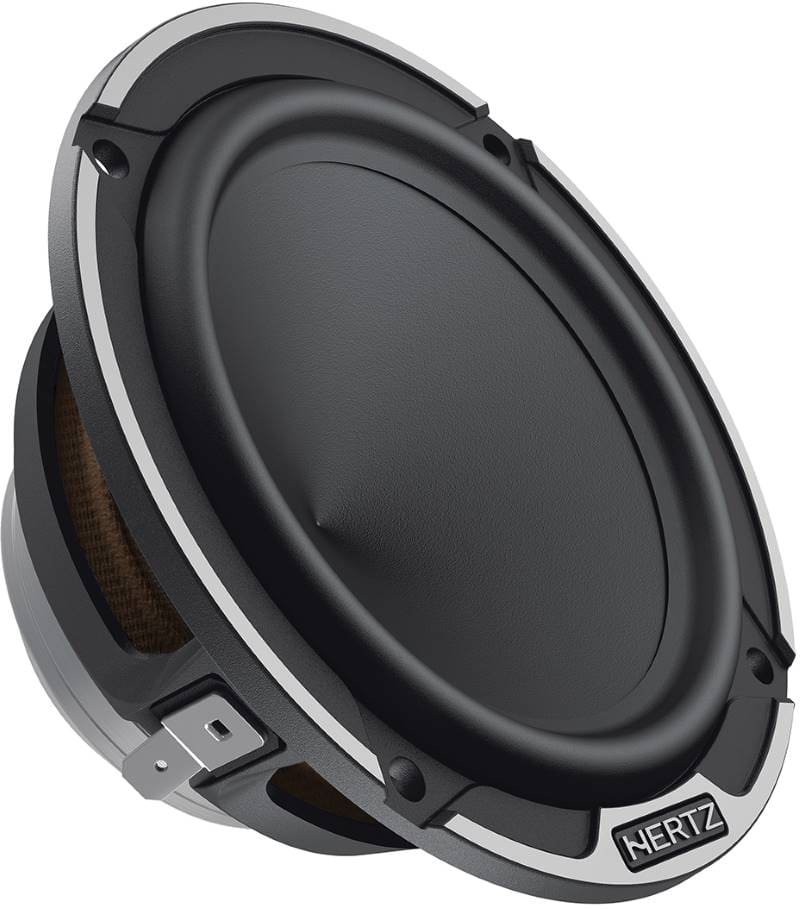
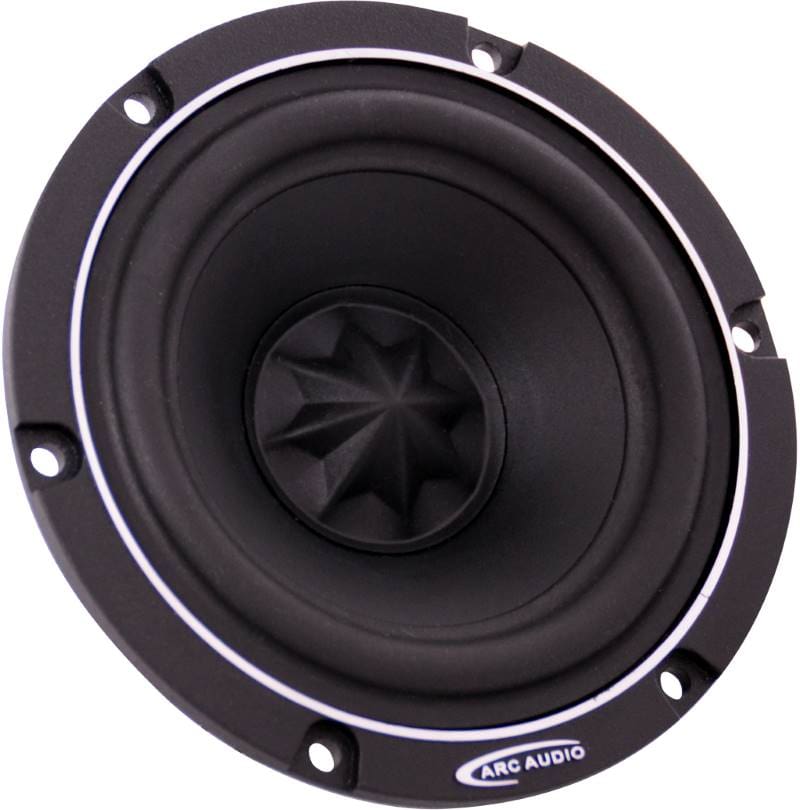
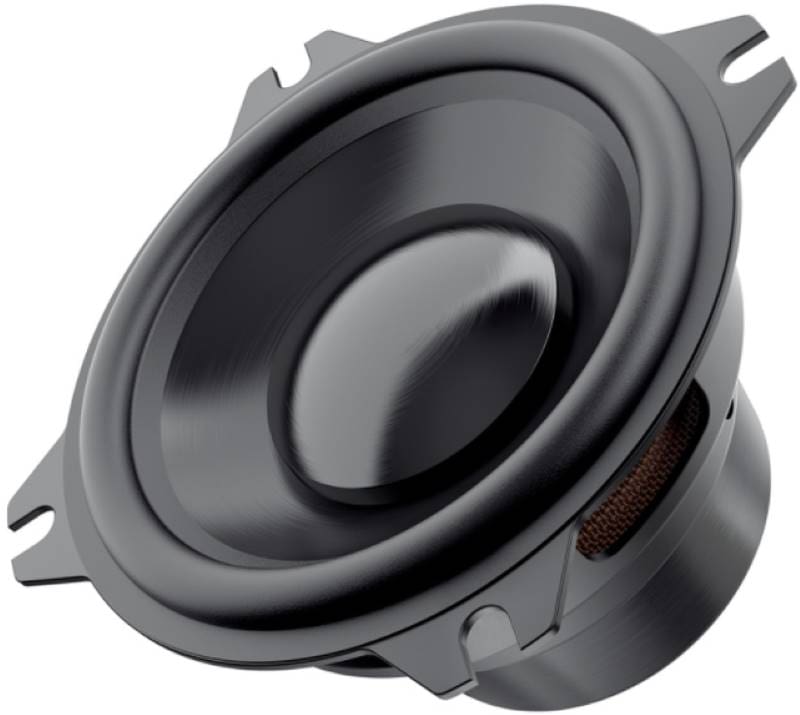
Evaluating Midrange Speaker Directivity
In a similar fashion to the previous article, we’ll perform a test with a small midrange speaker. This audiophile-grade 2.5-inch driver is typically mounted in a door or the dash or in a small pod on an A-pillar. If we measure the driver, it has an effective cone diameter of about 5.8 centimeters or 2.28 inches. The effective circumference of the cone is 18.21 centimeters or 7.17 inches. The frequency with a wavelength equal to 7.17 inches is 1,883 Hz. Let’s see how this value correlates with our on- and off-axis measurements of this speaker.
We set the speaker up in our test enclosure and took a series of frequency response measurements. We started with the microphone at a distance of 1 meter (3.28 feet) directly on-axis with the driver, then at 12-degree increments to the side.
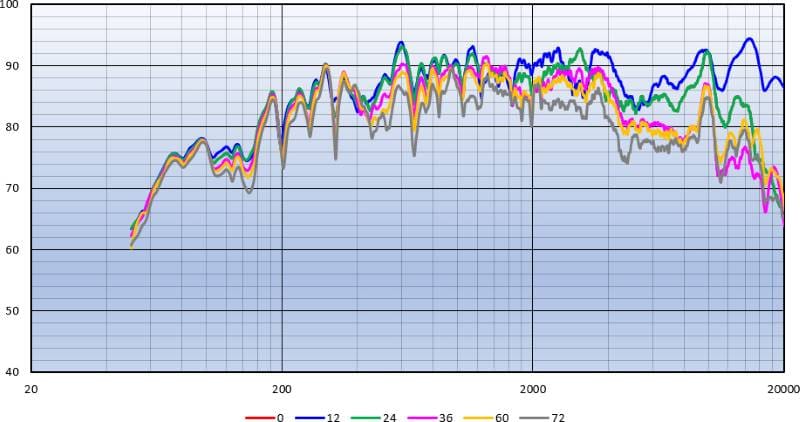
We predicted that the response of our compact midrange driver would remain relatively consistent up to almost 1,900 Hz based on our calculations. However, we can see that aside from some reflections off the test enclosure, the output from 670 to 900 Hz is in a fairly tight range of about 4 to 6 decibels. Above this frequency, the measurements spread apart, though output remains very usable to 3 kHz.
It should come as no surprise that the company that designed this driver also designed the tweeter for the system to be used with a high-pass crossover frequency of 3 kHz. This sort of “total system component” design consideration is what separates the experts from the inexperienced brands.
What About Aiming Speakers with Lasers and Towels?
As we mentioned at the beginning of the article, we’ve seen many people use lasers to aim midrange speakers at a specific position in the vehicle. We like this practice in terms of ensuring that the left and right speaker installations look symmetrical. However, from a performance standpoint, it’s a waste of time.
What about listening tests with the speakers wrapped in a towel? If aiming them with a laser offers no benefit, then tilting them up or down, in or out by 20 or 30 degrees, won’t either. The chart above proves that. What about those who claim to hear a difference as the speaker moves? Indeed, what you hear at the listening position might change slightly. Maybe by 4 or 6 decibels. These small changes can deliver the effect of moving the perceived center of the soundstage left or right and change the perceived frequency response. With that said, for the test to be valid, the midrange driver needs to be used with a tweeter so that the high-frequency information isn’t relevant.
Second, an equalizer will need to be set for each tested position to ensure that both drivers’ arrival time, output level and frequency response are identical. This is how the system will be used once the installation is complete. Once in this state, the differences a few degrees make on the midrange installation become irrelevant.
What About Midrange Drivers used Without a Tweeter?
Another group of audio enthusiasts purport that using a midrange driver without a tweeter is the way to go, as you don’t have to deal with a crossover. The speakers used in these installations are often called wideband drivers, implying that they cover a wider range of frequencies and offer extended high-frequency performance. When installed in a dash-mounted location at the base of a windshield, these installations can sound quite good. However, when aimed directly at the listening position, the system becomes extremely sensitive to the listener’s position.
The directivity we’ve demonstrated means that the speaker creates a very narrow beam of high-frequency information. If you move your head even an inch, what you hear can change dramatically. Moving your head around to find a sweet spot is a waste of time and energy when you can add a tweeter to the system design and eliminate this silliness. As for avoiding crossovers, if your installer knows how to configure a digital signal processor properly, this isn’t an issue.
The Final Word on Aiming Midrange Speakers
Short of pointing them into the floor, the effort put into aiming midrange speakers in a car audio system is a waste of time. If all the drivers in the system are used up to a frequency with a wavelength that’s well more than twice the driver circumference, then only the tweeters need to be aimed.
Drop by your local specialty mobile enhancement retailer today to find out about the midrange and tweeter upgrades that are available to make your car audio system sound unforgettable. When it comes time to discuss the installation, feel free to refer to this article.
This article is written and produced by the team at www.BestCarAudio.com. Reproduction or use of any kind is prohibited without the express written permission of 1sixty8 media.

